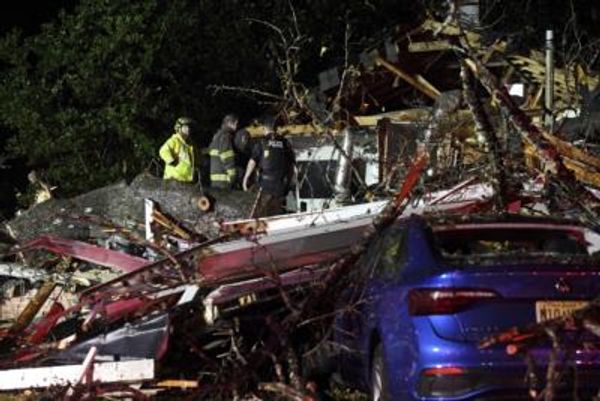
Maybe you’ve heard of shrinkflation or lived it while opening a bag of chips. Well, it’s coming for your house, as Fortune has previously reported. Homes are shrinking in size and soaring in price. The median American home is 128 square feet smaller and $125,000 more expensive than it was five years ago, according to a recent analysis from service journalism group USA Today Homefront.
Its research team used Realtor.com data to examine changes in listing prices and square footage across 150 of the most populous metropolitan areas. Among those areas, only 18 have seen home sizes expand during the past five years. But without fail, each one saw prices rise. Basically, the median home is more than 6% smaller now, while the median price is 39% more expensive overall—and 52% more expensive per square foot.
“Metros with shrinking square footage continue to get more expensive per square foot,” the analysis said. “Essentially, building smaller houses isn’t stopping the growth in price per square foot, leaving buyers with a smaller house and an inflated mortgage.”
However, “the phenomenon’s prevalence varies across metro areas,” the analysis states—like everything in the housing world. Homes in Colorado Springs shrunk the most, by 21% since 2019, while listing prices rose 25%. Not to mention, seven of the 10 metros where homes contracted are in the South, four in North Carolina alone. On the other hand, in the Davenport metropolitan area, also known as Quad Cities, home sizes increased around 11%, and home prices leapt 58%. And in terms of price per square foot, it rose the most in the Naples metropolitan area, by almost 88%, potentially another sign of the bubble in Florida.
So here’s what we know: Ultralow mortgage rates coupled with the ability to work from wherever, plus a need for space, fueled a housing boom throughout the pandemic. Home prices skyrocketed, and when it was over, because the Federal Reserve raised interest rates to lower hot inflation, mortgage rates soared. We were left with high home prices and high mortgage rates. Both have improved slightly: Mortgage rates are lower and home price inflation is slowing. Still, affordability is shot. And let’s not forget the cost of land and the cost to build have gone up too.
About a year ago, Fortune reported that builders had no choice but to build smaller homes—it was their answer to deteriorated affordability. “Builders have become increasingly aware of how bad affordability challenges are today, and that they need to do something to continue to be successful,” Ali Wolf of home construction data firm Zonda explained at the time. “And in this case, they’re trying to lower the overall home size to help lower the overall home price.”
Even before that, John Burns Research and Consulting’s Matt Saunders told Fortune: “There’s really this active response by the builders to address these affordability concerns head-on, and one of the main kind of levers that they’re pulling is reducing home square footage.”
Still, both suggested homes weren’t actually becoming miniature versions of themselves. Instead, builders were looking for dead space to cut or making trade-offs within the homes. Let’s say they built more outdoor space rather than extra bedrooms. Even so, with smaller home sizes, prices have still gone up, but not as much as they would have if builders did nothing at all. Either way, it doesn’t seem likely to change anytime soon.







